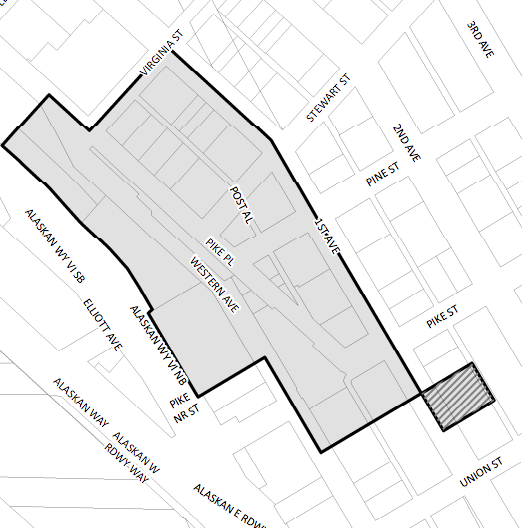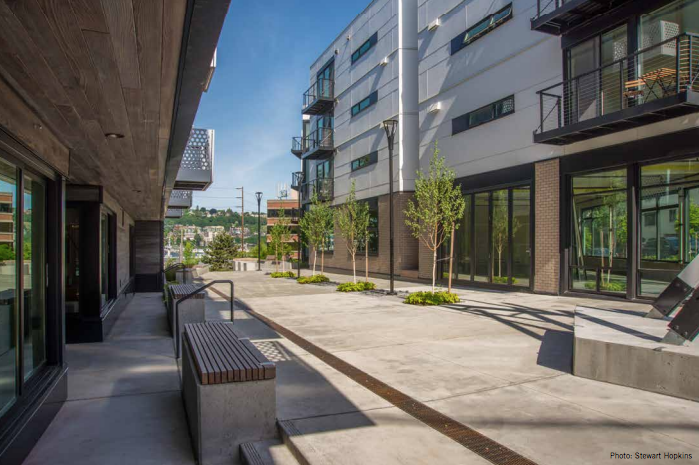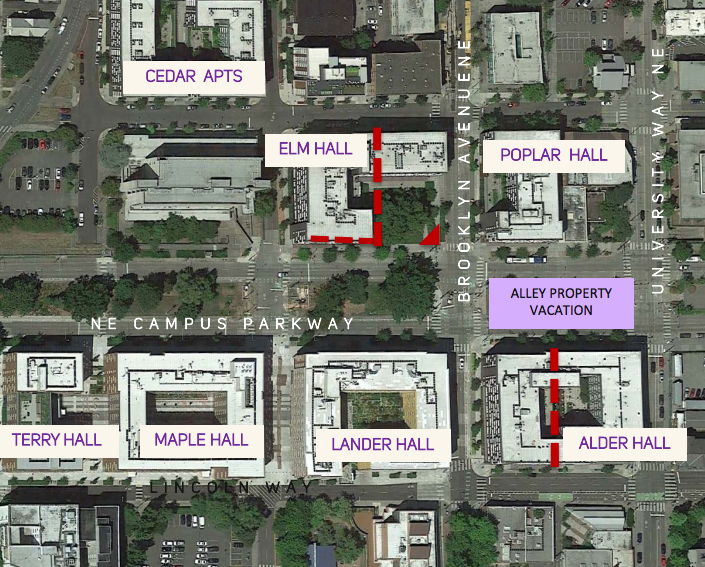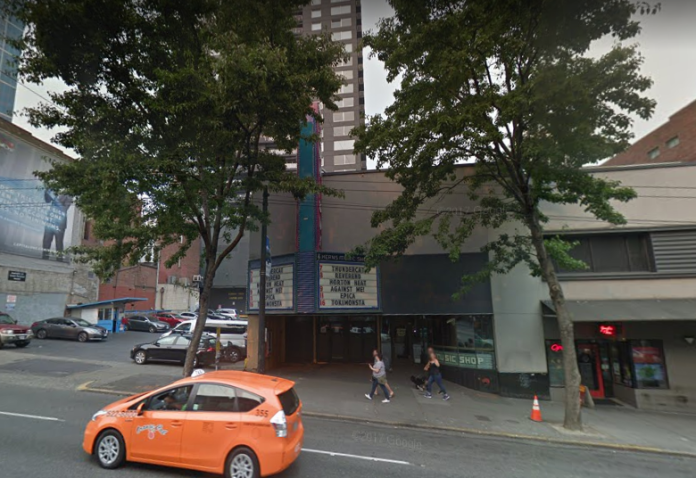On Monday, the Seattle City Council temporarily expanded the Pike Place Market Historic District, effectively saving the Showbox for now. The reprieve doesn’t guarantee perpetual protection of the famed music venue, but it does set in motion a process to study a permanent expansion of the historic district to the property in order to keep the space open for concertgoers and bands alike.
The effort to save the Showbox came in response to a pre-application submitted by a prospective developer last month that is considering a 44-story, 442-unit highrise tower. Canadian firm Onni Group has built other large-scale highrise projects in Seattle and hopes to do the same on the Showbox site. However, the historic district expansion will apply for 10 months allowing for a full review and landmarking process to proceed.

The adopted legislation was significantly refined from a week prior. Originally, Councilmember Kshama Sawant had submitted legislation that would have expanded the historic district to include several more properties along First Avenue–which are still at risk of loss despite significant architectural and cultural association with the historic district–for up to two years.
The final legislation spells out a robust timeline for the Seattle Department of Neighborhoods to review and evaluate the Showbox site for permenent registration in the historic district:
- August 2018 through April 2019: DON will be tasked with reviewing the historical significance of the Showbox, evaluating any relationship of it with Pike Place Market, reviewing the historic district guidelines for changes as they pertain to the Showbox, and conducting stakeholder outreach. Legislation drafting and SEPA review may also move forward during that time period.
- March 2019 through May 2019: SEPA would be issued and legislation transmitted to the city council.
- June 2019 through July 2019: The city council would consider legislation and act to make a historic district expansion effective.

Unrelated to the Showbox, the city council authorized two vacations of right-of-way. The vacations fullfill the city council’s obligations to developers that have held up their end of the bargain for recent developments. One of the projects is in Eastlake where a developer built an underground parking garage below E Howe St and repurposed the at-grade right-of-way as a public open space and pedestrian midblock connection that will eventually be extended further west. The space is well programmed. Meanwhile, the University of Washington received several vacations for its burgeoning West Campus that similarly contains midblock pedestrian connections and public spaces where the vacations have been granted.

Finally, the city council set out a specific set of principles for the Seattle Department of Transportation (SDOT) in reprioritizing Move Seattle Levy projects. The resolution was developed in response to a “reset” that Durkan Administration has placed on the program, which itself is supposed in response to changes in transportation funding priorities by the Trump Administration–though Congress has not materially changed such priorities to date. SDOT assumes that capital investments from the federal government will fall during the life of the levy and expects that to impact the ability for various sub-programs of the levy to be negatively impacted in the form of budgetary shortfalls.
The city council’s resolution requests that SDOT check in with the city council as the program moves forward with formal work plans. Some the principles spelled out in it include:
- “Identify and document the guiding principles, processes, and tangible goals used to prioritize projects; with a focus on social equity and justice.”
- “As part of the corridor planning process, identify options for project scopes within a range of secured and identified funding opportunities, based on transit speed and reliability and community priorities, so the public can understand tradeoffs between project scopes and outcomes. This work should clearly identify the non-motorized components of the corridor project scope.”
- “Establish clear cost estimates and identify opportunities to reduce costs. Consider value engineering options and identify project efficiencies across programs.”
- “Build trust and public support through ongoing public engagement, coordinating not only with modal boards, but the City’s transportation equity committee, and other community and advocate stakeholders. Provide information to stakeholders that enables thoughtful feedback on how best to prioritize projects. Include targeted corridor engagement to ensure community needs are integral to project element prioritization.”
Importantly, the city council is requesting that SDOT provide a full report on project commitments that the transportation believes can be delivered during the life of the program. That report will be due to the city council by end of year. In it, the report will need to provide the changed funding levels, project timelines, and project priorities as compared to the original spending plan. If a particular project cannot be delivered, SDOT will need to explain why and what the funding shortfall is. Documentation for grants will also need to be provided and an explanation of strategies to acquire future ones.
City Council Landmarks Key Arena and Grants Greenwood Rezone
Stephen is a professional urban planner in Puget Sound with a passion for sustainable, livable, and diverse cities. He is especially interested in how policies, regulations, and programs can promote positive outcomes for communities. With stints in great cities like Bellingham and Cork, Stephen currently lives in Seattle. He primarily covers land use and transportation issues and has been with The Urbanist since 2014.


